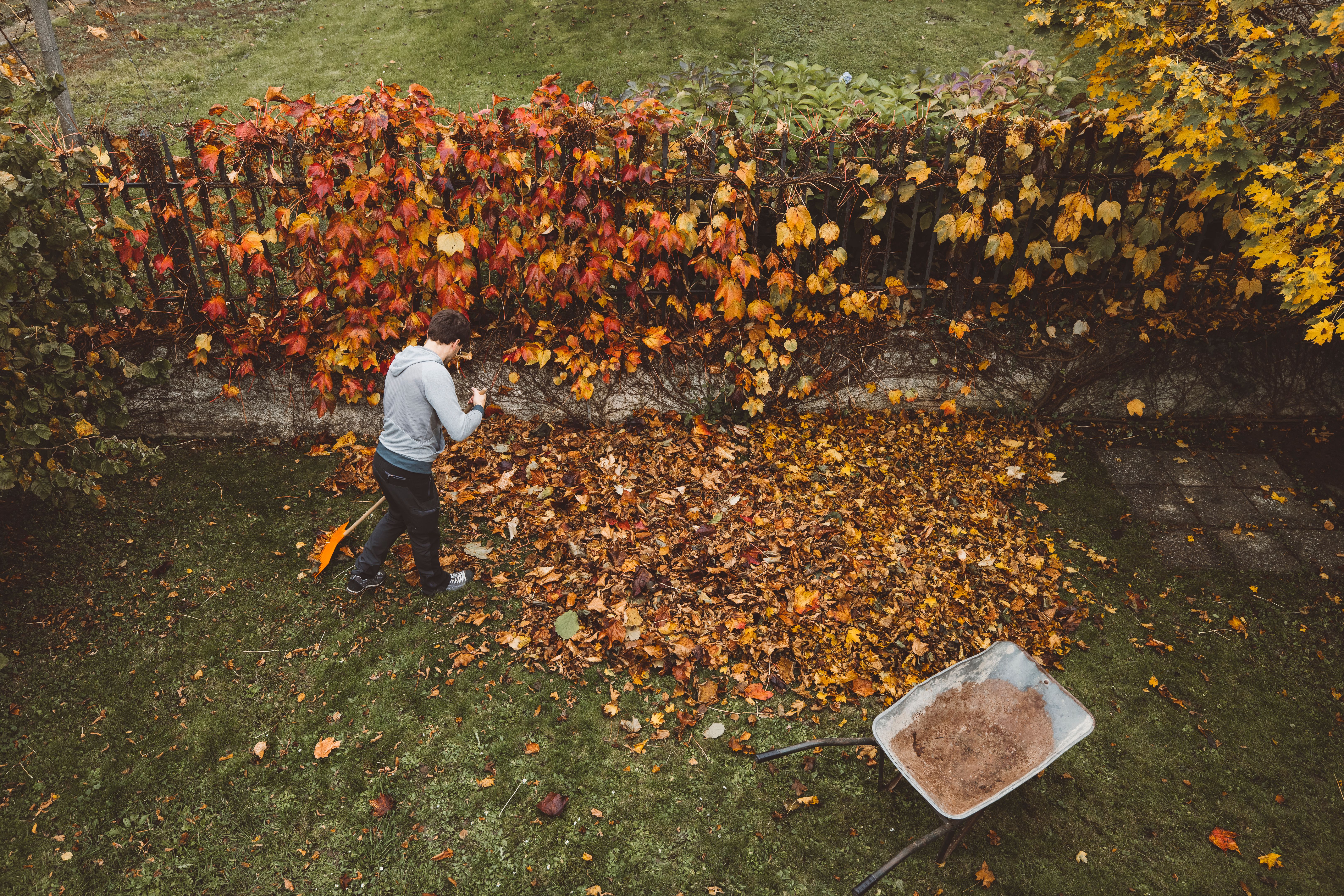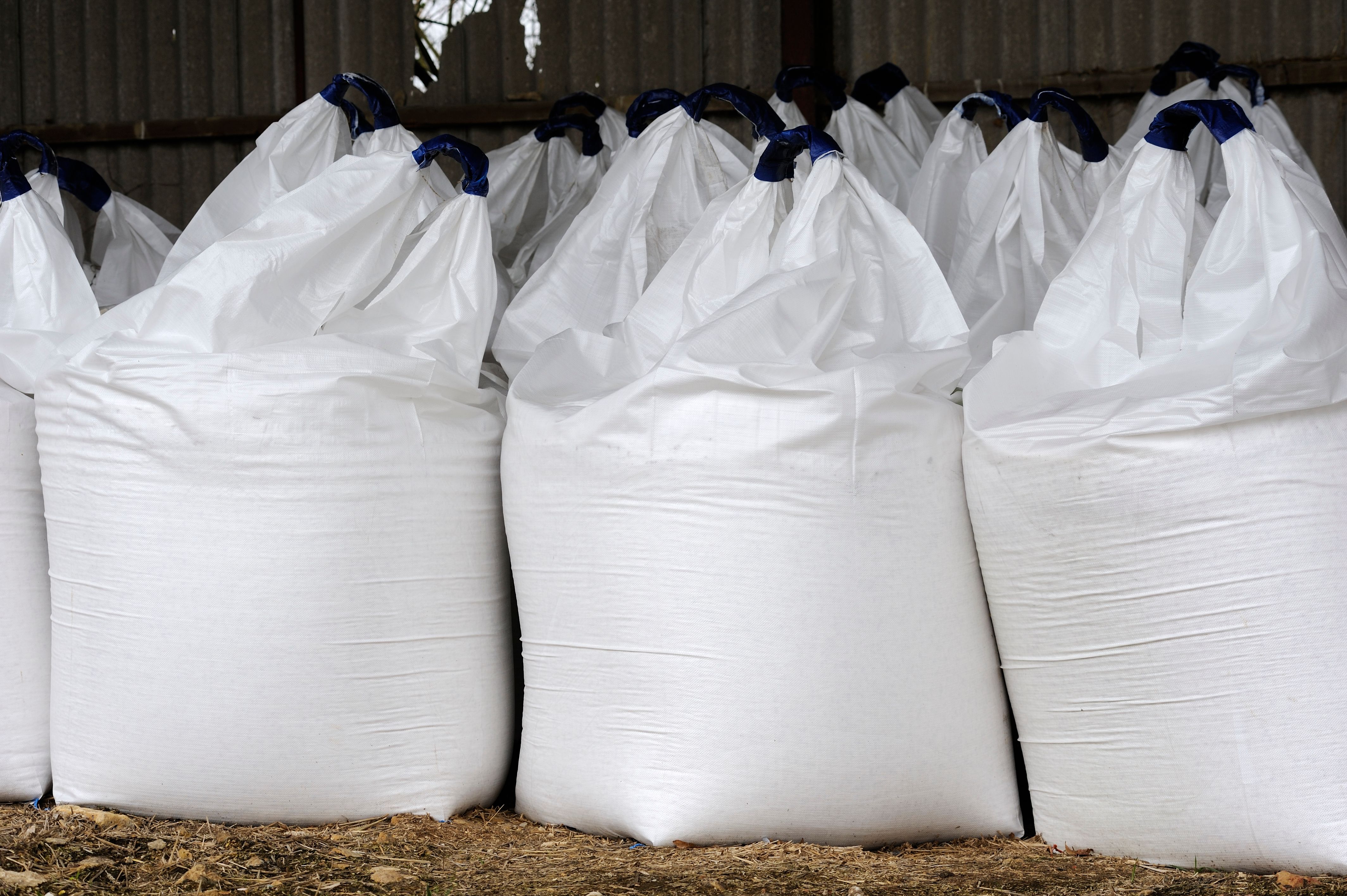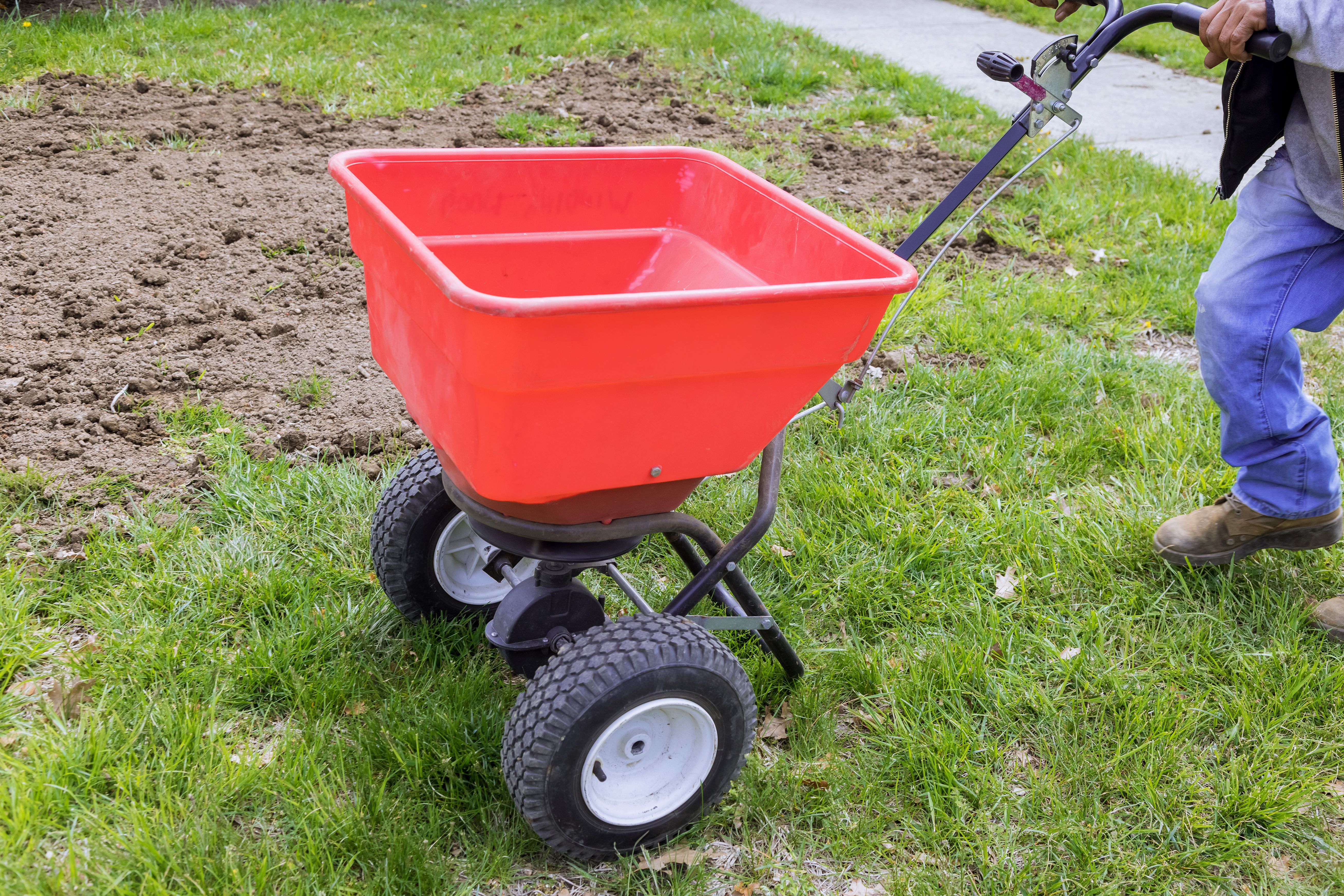Optimal Fall Fertilizer Schedule for Johnston County Lawns
Understanding the Importance of Fall Fertilization
As the vibrant colors of autumn begin to grace Johnston County, it's essential to prepare your lawn for the cooler months ahead. Fall is a crucial time for fertilization because it helps your grass recover from the summer heat and prepares it for the winter dormancy. By applying the right nutrients now, you set the stage for a lush, green lawn come spring.
During the fall, grass roots are actively growing. This is the perfect time to feed them with a balanced fertilizer that encourages root development and strengthens your lawn against cold weather. The result is a healthier, more resilient yard that can better withstand winter conditions.

Choosing the Right Fertilizer
Selecting the appropriate fertilizer for your Johnston County lawn can make all the difference. Look for a product specifically designed for fall application. These typically have a higher potassium content, which aids in root growth and disease resistance. A good fall fertilizer will have a nutrient ratio of roughly 20-8-12 (Nitrogen-Phosphorus-Potassium) or something similar.
While nitrogen is crucial for promoting healthy leaf growth, too much can lead to lush blades that are more susceptible to frost damage. Therefore, balance is key when choosing a fertilizer blend. Consider conducting a soil test to determine any specific nutrient deficiencies in your lawn, allowing you to tailor your fertilizer choice accordingly.

Timing Your Fertilizer Application
Timing is everything when it comes to fall fertilization. In Johnston County, it's best to apply fertilizer in mid to late September or early October. This timeframe allows the nutrients to be absorbed and utilized by the grass roots before the first frost hits.
- Start by mowing your lawn one last time before applying fertilizer to ensure even distribution.
- Water the lawn lightly after application to help the fertilizer soak into the soil.
- Avoid fertilizing too late in the season, as it can encourage growth that may not survive winter temperatures.
Application Techniques
Proper application techniques are essential for effective fertilization. Using a broadcast spreader is one of the most efficient ways to ensure even coverage across your lawn. Walk at a steady pace, overlapping each pass slightly to avoid missing spots or over-fertilizing certain areas.
If you're using a granular fertilizer, make sure to follow the instructions on the package for the correct application rate. For liquid fertilizers, mix them with water as directed and apply using a hose-end sprayer for even distribution.

Post-Fertilization Care
After applying fertilizer, take steps to maintain your lawn's health throughout the fall. Regularly remove fallen leaves, as they can block sunlight and trap moisture, leading to potential turf diseases. Keep an eye on weather forecasts and water your lawn if rainfall is insufficient, as moisture helps activate and transport nutrients to the roots.
Finally, monitor your lawn's progress over the fall months. If you notice any areas of poor growth or discoloration, it may be necessary to adjust your care routine or consult with a local lawn care professional for personalized advice.
The Benefits of a Well-Timed Fertilizer Schedule
A well-timed fall fertilizer schedule offers numerous benefits beyond just greening up your lawn. It strengthens root systems, enhances disease resistance, and boosts overall turf health. Moreover, by preparing your grass properly in the fall, you'll reduce the amount of effort required for lawn maintenance in the spring.
By understanding and implementing these optimal fall fertilization practices, Johnston County homeowners can enjoy a robust and thriving lawn year-round. Invest the time this season, and you'll reap the rewards with a lush landscape that's ready to greet you when warmer weather returns.
